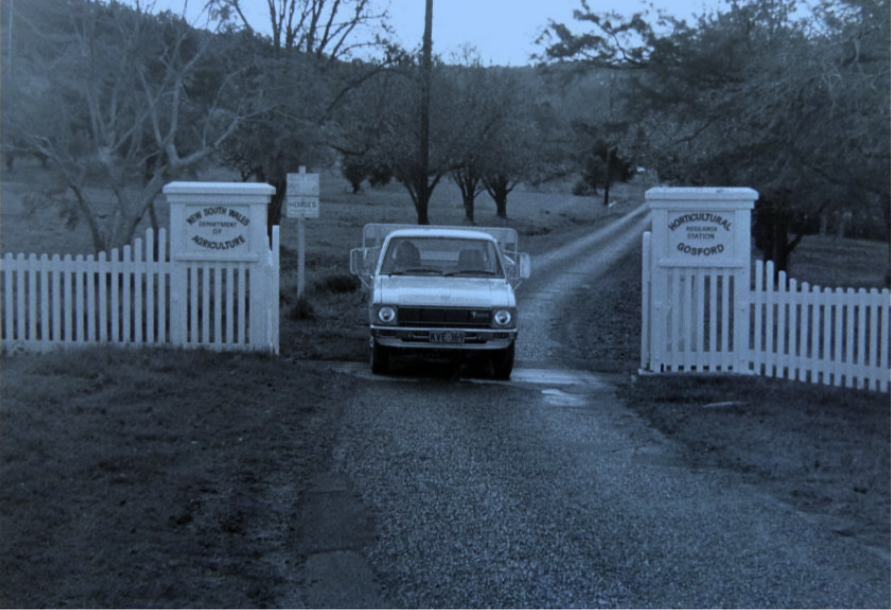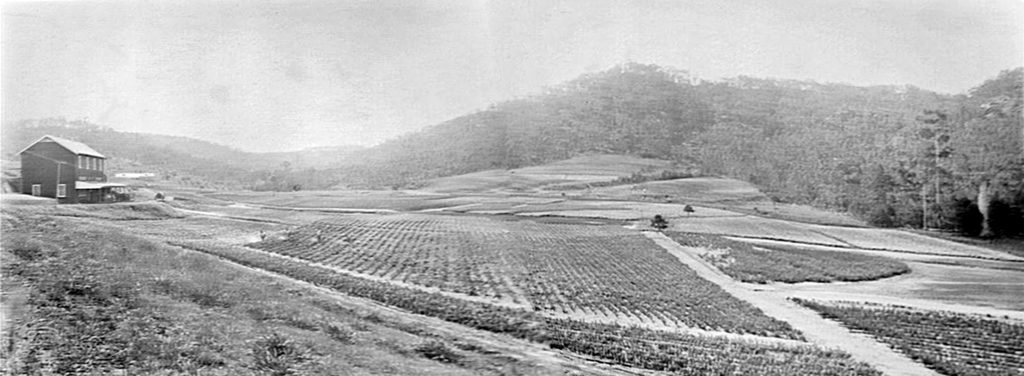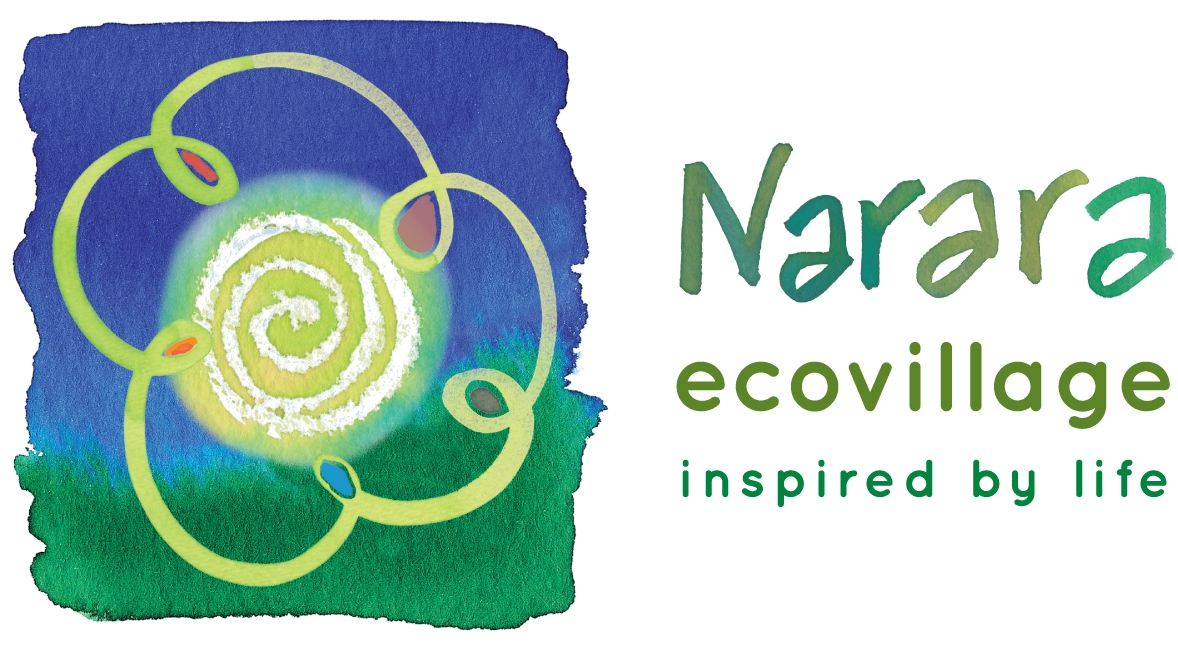The information supplied here of the Narara Agricultural Research Institute has mainly been obtained from the Conservation Management Plan, 2007 and the Conservation Management Plan Review, 2013, by Chris Betteridge, MUSEcape Pty Ltd for City Plan Services Gosford.
After the supplies of valuable timber available in the area around the Narara Creek valley from mid-19th century were exhausted, the area was recognised as suitable for varied agricultural purposes. In 1907-8 the NSW Government established an experimental station for research into codlin moth and fruit flies.

After this ceased operations in 1911, the site became the focus for viticulture. By 1913, a Nursery and grafting establishment was in operation, producing grafted grapevine stock, free of Phylloxera. (A small insect that infests the roots of grapevines and had devastated many of the State’s vineyards.)
Horticultural research continued on this site until final closure around 2012 and consequent sale to the Narara Ecovillage Cooperative. Over the century, the focus of attention was varied including all types of citrus, strawberries, Zizphus jujube, pecan nuts, sweet potatoes, passion fruit, stone fruit, passion fruit, mangoes, lychees, bananas, sapotes, green tea and Asian vegetables. Entomological and fruit fly research was very important.
The Narara Ecovillage Cooperative recognises the importance of the heritage elements under our custodianship and aims to preserve and incorporate the history as much as possible. The built elements include
- Heritage House 1915-16 (formerly the Managers Cottage where the boys from the Gosford Farm Boys Home were accommodated. The hen house has a concrete floor which possibly shows evidence that is was the ablutions block used by the boys);
- Old Administration Building and Grafting Shed 1916-17;
- Heritage Steps 1920 (only trace left of the Narara Forestry Training School);
- stone heritage wall (at the west of the Farm Buildings)
- Front Entrance Gate Posts which possibly date from 1914-15.
- While not specifically heritage items, some of the large concrete pots (1957), of which 100 were made onsite will be incorporated into the landscaping.
Recognition must also be given to the employees who enlisted in both World Wars, and the Australian Women’s Land army personnel who assisted during WW2.
We are also in close proximity to what is now called Strickland Forest formerly Hogan’s Brush. An arboretum was planted just inside the entrance.
Note the official name changed many times.

Heritage Gosford Horticultural Institute at Narara.

